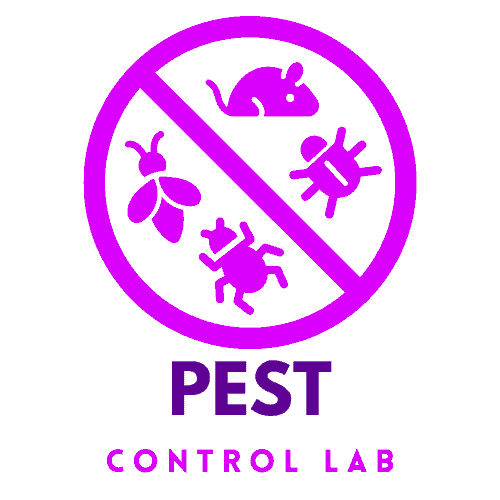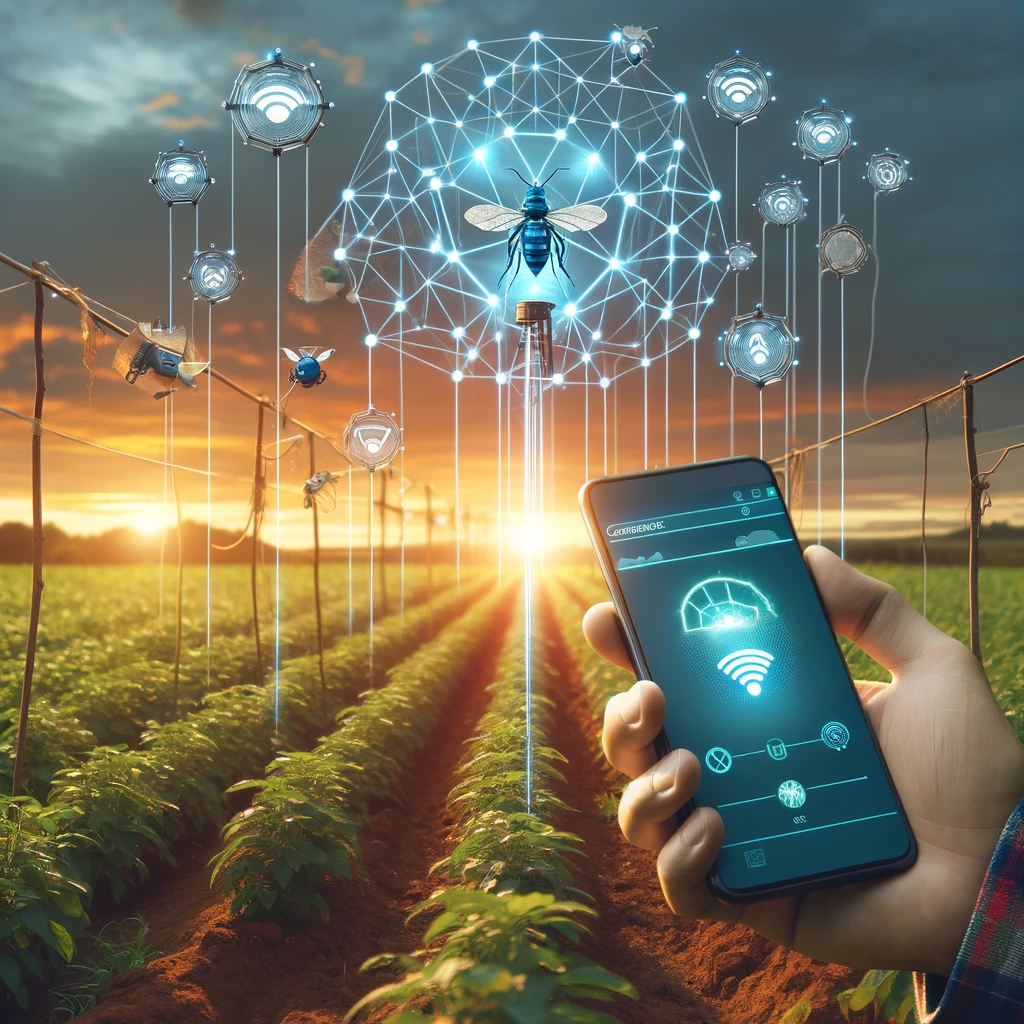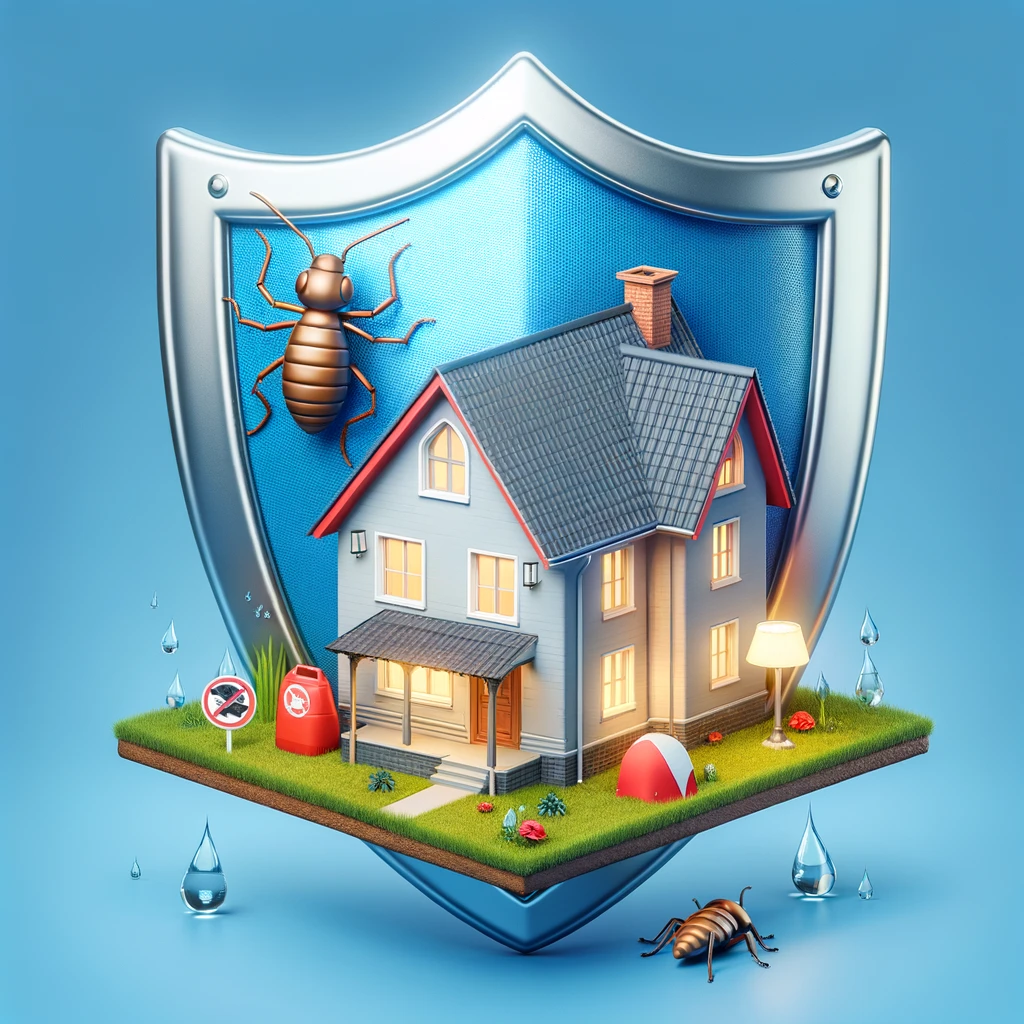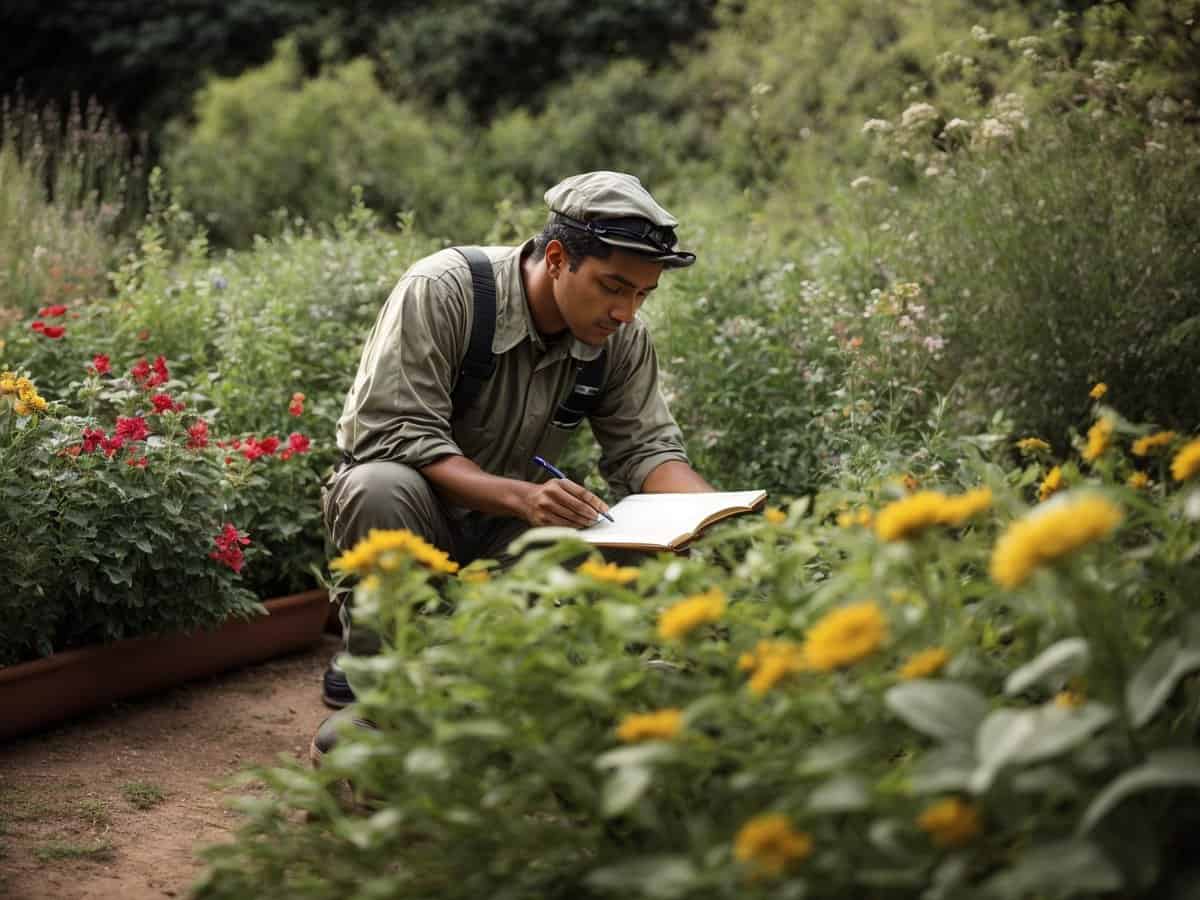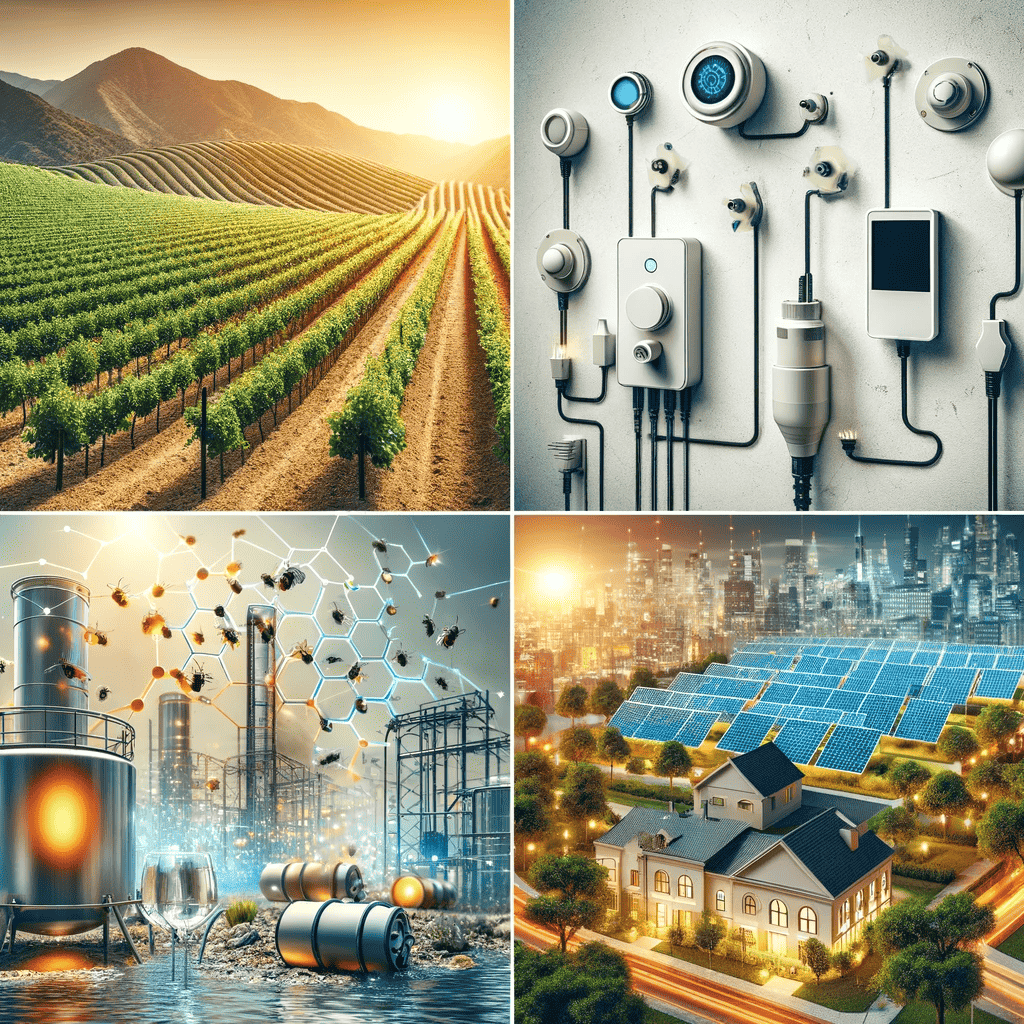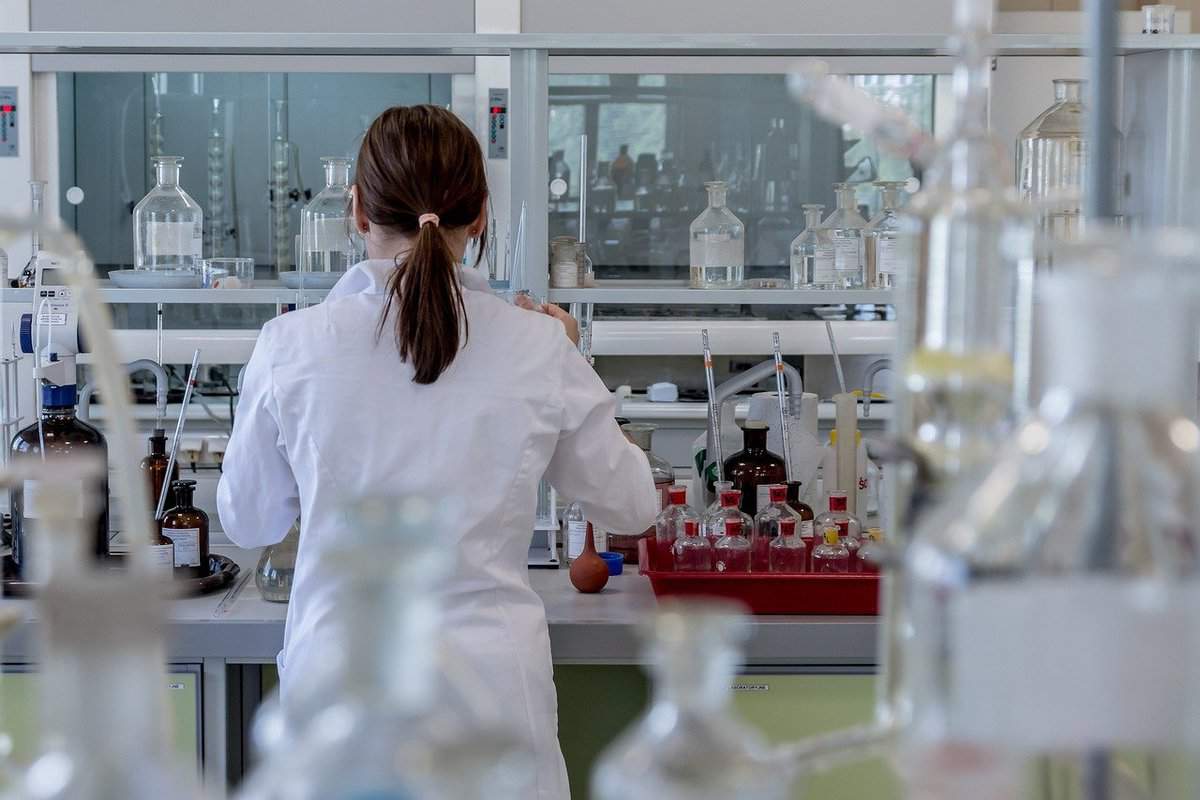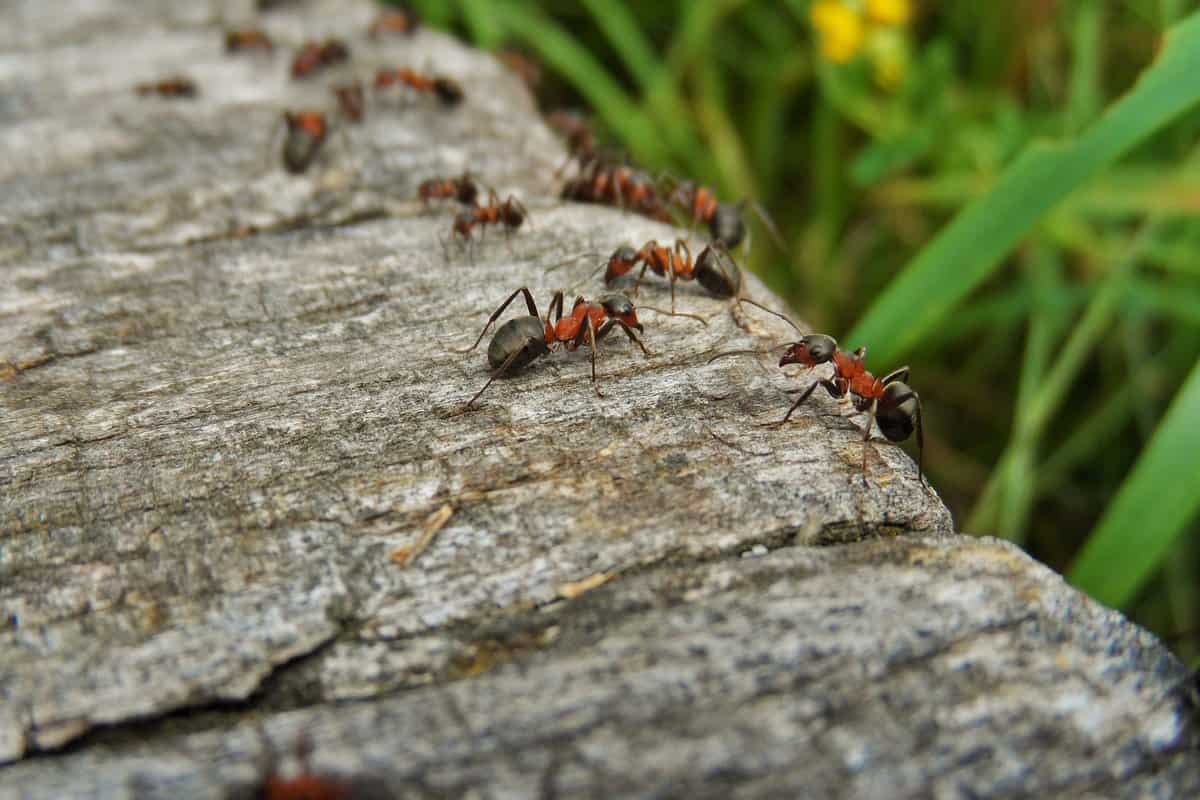Innovations Transforming Pest Management in Agriculture
Welcome to the dawn of a new era in agriculture—a world where technology complements and significantly enhances how we manage pests. Gone are the days of relying solely on traditional methods; today, we’re navigating a digital age brimming with innovative solutions. From drones patrolling the skies above our fields to smart traps communicating real-time alerts, the battle against pests is becoming more precise, efficient, and less invasive. This article dives into how these technological marvels revolutionize pest management, making it brighter, greener, and more sustainable. Join us on this fascinating journey!
The Rise of Drones in Agriculture

Imagine a fleet of drones quietly buzzing over a vast agricultural field, their cameras and sensors vigilantly scanning the crops below. This isn’t a scene from a futuristic movie—it’s happening right now. Drones, or unmanned aerial vehicles (UAVs), have taken the agricultural world by storm, offering an eye in the sky that can cover large areas with unprecedented speed and precision. But they’re not just about surveillance. Drones are at the forefront of precision agriculture, equipped to carry out various tasks, from mapping and monitoring to directly applying pesticides at pest hotspots identified through advanced imaging techniques.
The beauty of drone technology lies in its ability to gather detailed data on crop health, moisture levels, and pest infestations without setting foot in the field. This information is crucial for making informed decisions, allowing farmers to apply treatments only where needed, significantly reducing chemical usage and minimizing environmental impact. The global precision farming market, powered by drone technology, is expected to reach a staggering $16.35 billion by 2028, reflecting the growing demand for sustainable and efficient farming practices.
By integrating drones into pest management strategies, farmers are enhancing crop yields and paving the way for a future where agriculture and technology grow hand in hand, ensuring food security and environmental sustainability.
Smart Traps: The New Watchdogs
The battle against pests is becoming smarter with the introduction of smart traps, a revolutionary tool in agriculture. These aren’t your ordinary traps; they’re equipped with sensors and data analytics capabilities, turning them into real-time monitoring devices that can detect the presence of pests almost immediately. What makes these traps so effective is their ability to communicate. Once a pest is detected, the trap sends an alert to the farmer, providing precise information on the pest’s type, number, and location. This allows for quick and targeted interventions, drastically reducing pests’ time to cause damage.
The impact of these smart devices is profound. They enable a proactive approach to pest management, moving beyond mere containment to prevention. By integrating these traps into their pest management strategies, farmers can significantly reduce their reliance on broad-spectrum pesticides, leading to more sustainable farming practices. This technology exemplifies how digital innovations transform agriculture, making it more efficient and environmentally friendly by minimizing unnecessary chemical usage.
The Genetic Front: Engineering Solutions

On the genetic front, scientists are harnessing the power of genetic engineering to develop crops naturally resistant to pests. This approach, which involves modifying the genetic makeup of crops to enhance their defensive capabilities, offers a promising alternative to chemical pesticides. For example, the use of minichromosome technology allows for the addition of new traits to plants without altering their existing genes. This means crops can be more resistant to pests, diseases, and harsh environmental conditions while maintaining their natural development processes.
The benefits of genetically engineered crops are manifold. They reduce the need for chemical interventions and contribute to higher yields and improved food security. However, it’s essential to navigate this field cautiously, considering the ethical and ecological implications of genetically modified organisms (GMOs). Nevertheless, the careful and responsible use of genetic engineering is a testament to our innovative ways of combating pest problems, highlighting a shift towards more sustainable and less invasive pest management strategies.
By leveraging the latest advancements in drone technology, smart traps, and genetic engineering, the agricultural sector is set to become more efficient, sustainable, and productive. These innovations are not just transforming pest management; they’re reshaping the future of farming, ensuring that it can meet the demands of a growing global population while preserving the planet for future generations.
The Role of Data Analytics in Pest Management
Data analytics is revolutionizing the way we approach pest management in agriculture. By harnessing the power of big data, farmers and agronomists can now predict pest outbreaks before they occur, enabling preemptive action. This predictive capability is based on analyzing vast amounts of data collected from various sources, including drones, smart traps, and weather stations. These insights help identify patterns and trends related to pest behavior, population dynamics, and their interaction with environmental conditions.
The strategic use of data analytics leads to more targeted and effective pest control methods, significantly reducing the need for chemical pesticides. Farmers can implement cultural, biological, and mechanical control methods that align with the principles of Integrated Pest Management (IPM) by understanding the specific conditions that lead to pest infestations. This not only helps maintain ecological balance but also supports sustainable farming practices. Data analytics empowers farmers with knowledge, transforming pest management from a reactive to a proactive discipline.
Reducing Chemical Use Through Innovation

Innovative technologies are pivotal in reducing the reliance on chemical pesticides in agriculture. Bee Vectoring Technologies (BVT) stands out by utilizing bees to deliver targeted crop protection agents directly to flowers, a natural and efficient method to combat pests and diseases. This approach significantly diminishes the environmental footprint of traditional spraying methods, conserving water and protecting beneficial insects, including pollinators.
Moreover, farm automation and precision agriculture advancements further contribute to minimizing chemical usage. Automated systems ensure that pesticides, when necessary, are applied in precise quantities and at optimal times, reducing runoff and the potential for overapplication. These technological solutions address environmental concerns and enhance crop health and yield by ensuring that pest management is effective and sustainable.
Future Prospects: What’s Next in Pest Management Technology?

The future of pest management technology looks promising, with advancements aimed at further reducing the environmental impact of agriculture while enhancing efficiency and productivity. Technologies such as Artificial Intelligence (AI) and Machine Learning (ML) are set to play a significant role, with algorithms that can predict pest outbreaks with even greater accuracy and recommend the most effective management strategies.
Another exciting prospect is the development of nano-pesticides, which promise to deliver active ingredients more efficiently and safely, targeting pests with unprecedented precision while minimizing harm to non-target species and the environment. Additionally, exploring natural pest control methods, including beneficial insects and microbial pesticides, is gaining momentum, offering a complementary approach to traditional chemical pesticides.
These advancements represent a shift towards more integrated, intelligent, and sustainable pest management systems, promising a future where agriculture thrives in harmony with the environment.
Conclusion
Technological innovations in pest management are ushering in a new age of agriculture characterized by efficiency, sustainability, and environmental stewardship. From drones and smart traps to genetic engineering and data analytics, these advancements transform how we combat pests. As we look to the future, the continued integration of technology in agriculture promises a more productive, resilient, and sustainable food system. By embracing these innovations, farmers worldwide are protecting their crops and contributing to the planet’s well-being, ensuring food security for generations to come.
